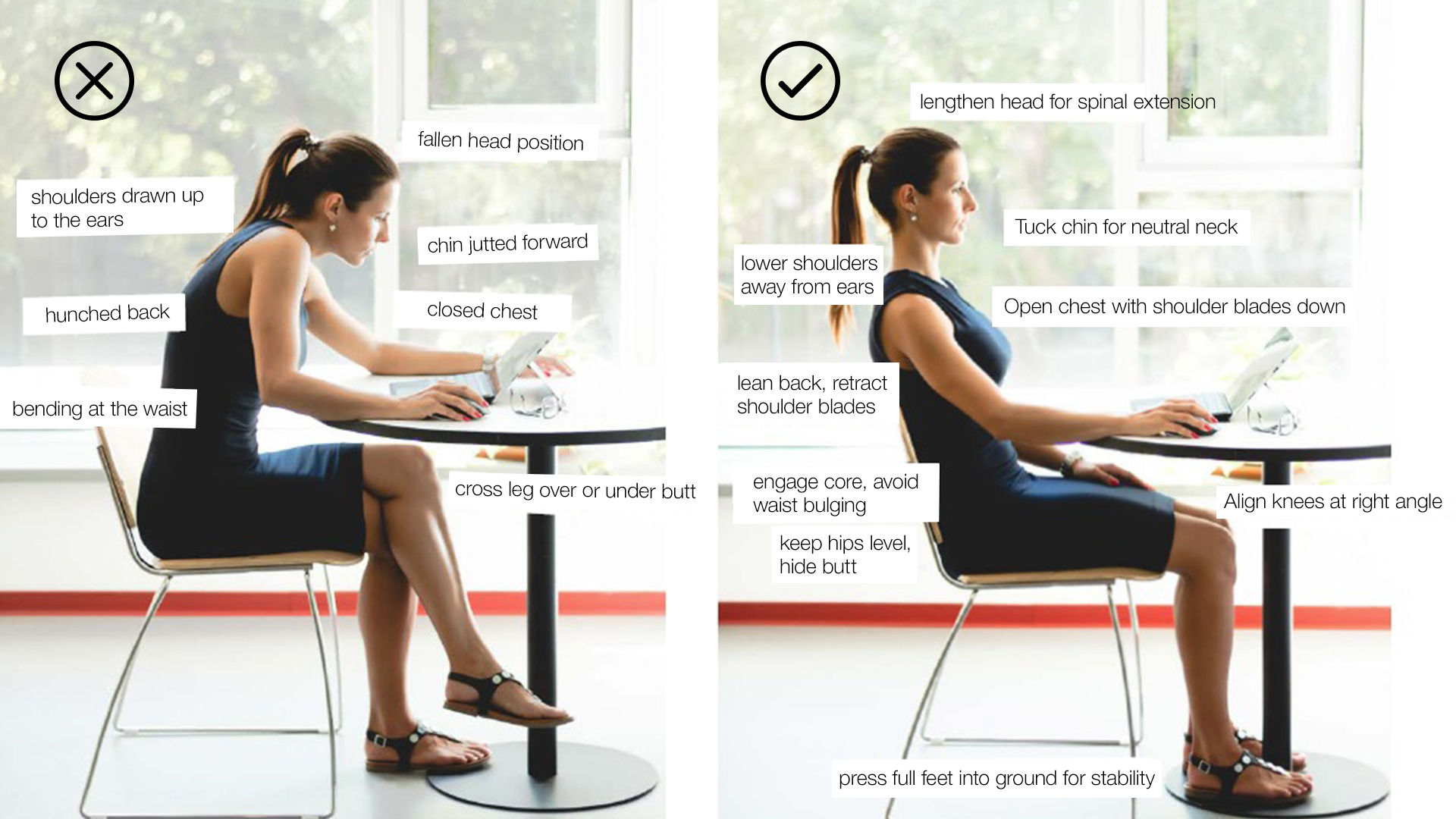Nowadays, when most of our work is done in front of a computer, a sedentary lifestyle is becoming our everyday reality. But the more time we spend sitting, the more we damage our health. According to the World Health Organization, more than 60% of the world’s adult population suffers from the consequences of a sedentary lifestyle. According to the official definition,
the average individual engages in less than 90 minutes of physical activity per week. We should look for ways to improve and protect our health. One of the options is yoga for a sore back.

Sitting can lead to imbalance and depression.
Sitting for long hours may have severe consequences not only for our backs, but also for our health. Studies show that a sedentary lifestyle leads to many health problems such as obesity, diabetes, osteoporosis and heart diseases. It even affects our mental health and may contribute to depression and anxiety.
Sitting consumes minimal energy, which slows down our metabolism and can lead to muscle wasting and cold shortening. The body stores excess energy in the form of fat cells. The result is often a painful, deformed spine, weakened bones and imbalances throughout the body – from digestive through hormonal to nervous system. Although physical activity is essential, we must not forget about
healthy lifestyle habits such as water intake, a well-balanced diet and enough sleep.
Office yoga for sore backs – health and well-being within reach
The negative consequences of a sedentary stereotype can be mitigated. Regular exercise and movement are important. Yoga is one of the most effective ways to treat a sore back. It is suitable for almost everyone. It will help you find
a balance between your body and mind and you can practice it anywhere – even in the office behind the desk and without a mat. All you need is your body and conscious breathing to attract the attention of your mind. Certified yoga teacher Petra Satinová, who also works as a lawyer, told us about the consequences of a sedentary job. Thanks to this unusual combination, she can better understand people with sedentary jobs. She created the Office Yoga Project and educates about the benefits of practicing yoga at work and in everyday life.

Increase your productivity and improve your health
If you’re the kind of
employee who spends long hours sitting, Office Yoga is the perfect solution for you. Just follow the instructions and photo guides and practice the yoga routine in the comfort of your office. Choose a set of exercises that will fit your needs and devote only 10 minutes of your time to it.
Here are some tips on how yoga can help you:
- for neck pain, start with neck relaxation exercises,
- in the correct sitting position,
- when feeling stiff joints,
- how to compensate for a sedentary job without having to change it.
Employers should pay attention to important research numbers. According to the Get Britain Standing campaign, employees sit for up to 8.9 hours a day on average, which for many is more than the amount of time they sleep. The sad fact is that we sit for up to 83 days a year, even in the wrong sitting position. Few people realise it, but it reflects on the quality of the work and, as a result, on the overall success of the company. An employer who makes a long-term commitment to the physical and mental health of its employees will see a return in the form of improved employee performance.
Benefits of yoga for employees and employers
Yoga brings these
six benefits to employees and employers and offers a new perspective on health.
1. Increase in efficiency and productivity
Practicing yoga improves fitness and flexibility and also has a positive effect on productivity and efficiency at work. It also strengthens the ability to concentrate, which improves the quality and accuracy of work.
2. Stress and tension management
Breathwork and yogic mindfulness methods help employees to manage the stress and tension that can occur at work. Yoga also helps improve sleep, thereby improving the overall mood and productivity of employees.
3. Prevention of burnout syndrome
Mindfulness work and meditation techniques help employees maintain mental distance from work-related problems and stress, thus preventing burnout syndrome. Regular practicing of yoga also helps to maintain physical and mental well-being and teaches the right way to relax.
4. Maintaining long-term health
Regular physical activity combined with yoga practice reduces the risk of occupational health problems such as back pain and carpal tunnel. This reduces the employer’s costs for sick pay and cash compensation.
5. Positive atmosphere in the workplace
Shared activity and interest in exercising can lead to improved interpersonal relationships and a positive and supportive atmosphere in the workplace. This can have a direct impact on boosting employee morale and motivation.
6. Efficient use of company premises
A yoga instructor who goes directly to the workplace saves time and costs of employees who would have to go to another location to practice yoga. In this way, the company’s premises are used efficiently and employees can concentrate on practicing yoga without having to cancel their work schedule.
To prevent the negative effects of a sedentary lifestyle, it is important to exercise and move regularly. For example, you can work while standing or walking during a phone call. Also try stretching, using a footstool or fit ball. Even small changes in your daily life can have a big impact on your health and overall well-being.




































